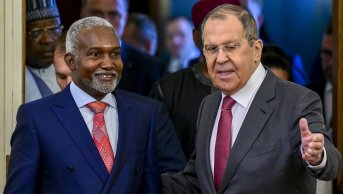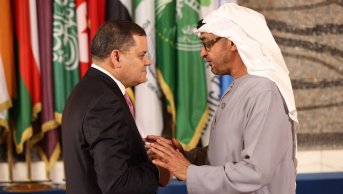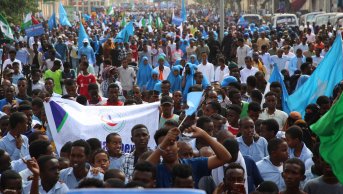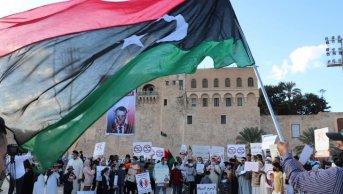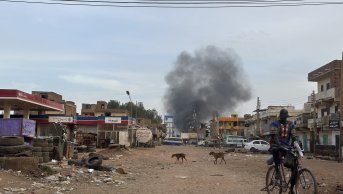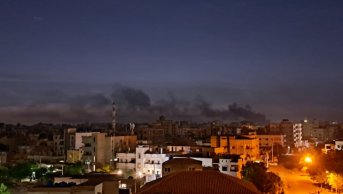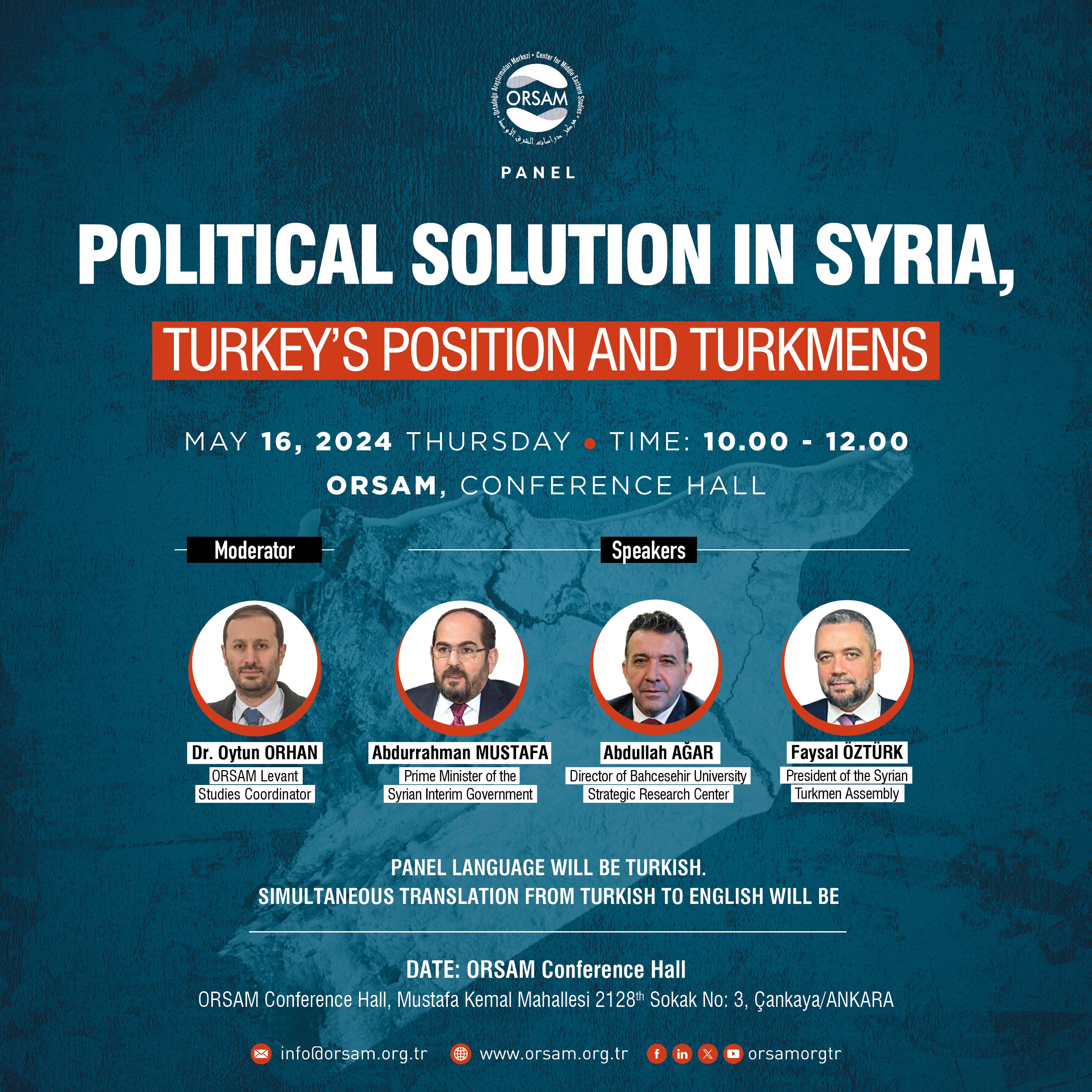Libya's Quest for Hope: Reflecting on the February 17 Revolution
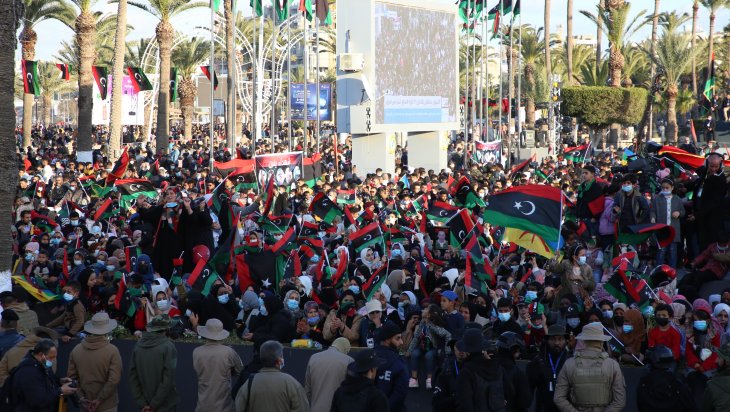
The overthrow of Muammar Gaddafi's 42-year regime in 2011, following public uprisings, plunged Libya into a political, social, and military crisis that, even after 13 years, has yet to achieve unity and integrity. The uprising, ignited on February 17, 2011, is considered by some as the root cause of today's conflict environment, while others view it as a justified quest for a new order based on legitimate reasons.
Revolution Dilemma
Although it emerged as a popular movement, the post-revolution phase, particularly two years later with the enactment of the 'political isolation law' that marginalized former Gaddafi-era soldiers and bureaucrats from the political scene, followed by the military polarization formed in 2014, indicated that the revolution was co-opted by certain political and military cliques into a struggle for power. This scenario and the historical flow extending to the present day reveal that the masses, aspiring for better living conditions and a fairer governance model, have relinquished control of the revolution to the country’s political elites. The fragile and fragmented security atmosphere, perceived as an opportunity window by tribal and militia groups active in the east and west, led to deep divisions and polarizations across various sectors, constructed through narratives and policies securitized within the narrow agendas and interests of the relevant actors.
Over time, this division evolved into armed conflict, leading to the deaths of tens of thousands of Libyans in the civil wars of 2014 and 2019, and further laying the groundwork for the emergence of regional animosity and feelings of revenge. Despite being ethnically more homogeneous compared to many countries in the Middle East and Africa, the North African nation witnessed its initial revolutionary vs. anti-revolutionary divide deepen into Islamist vs. secular, east vs. west, and even city vs. town polarizations, all of which have hindered the processes of reconciliation and state reconstruction. For instance, the city of Misrata stood out as both a stronghold of the revolution and for the influential Islamist Muslim Brotherhood movement, while the city of Benghazi transformed into a hub for revolution opponents and former Gaddafi-era soldiers and bureaucrats, especially following the rise of militia leader Khalifa Haftar in the east. Additionally, the capital, Tripoli, along with influential western cities like Misrata, Zawiya, and Zintan, became strategic points where armed groups are engaged in a power struggle, specifically aiming to expand their spheres of influence and augment their control over official institutions in the post-revolutionary era.
Disruptive Interventions by External Actors
Parallel to these internal balances, Western countries within NATO, which planned and executed air strikes against Gaddafi in 2011, have continued to intervene in the process. The United Nations Support Mission in Libya (UNSMIL), established under the auspices of the UN, remained inadequate in terms of providing a foundation for permanent and sustainable solutions, instead supporting interim governments and similar power-sharing agreements formed in 2015 and 2021.
More importantly, NATO's 2011 intervention in Libya, the first peacekeeping operation implemented under the Responsibility to Protect (R2P) doctrine, neglected the responsibility to rebuild, a crucial component of the R2P approach. The post-Gaddafi reconstruction process was left to Libya’s incomplete institutions and a society lacking a developed sense of citizenship. Subsequent international conferences, such as those in Palermo and Berlin, witnessed meetings that veered into a dominance struggle, far from solving issues and marked by disagreements stemming from conflicting interests among Western nations. On the other hand, the authority vacuum and weak borders transformed Libya into a hub for mercenaries, on the brink of regional crises, where fighters were gathered and dispatched. The period during which Gulf countries and the Russian Private Military Company (PMC) Wagner financed numerous Syrian, Chadian, and Sudanese foreign fighters within Haftar's ranks was documented in several open sources. From this perspective, it can be stated that external interventions have been as detrimental to Libya's unity and integrity as internal factors.
The Libya Political Dialogue Forum (LPDF), convened under the auspices of the UN in Switzerland on February 5, 2021, designated the Government of National Unity (GNU), led by the businessman from Misrata, Abdul Hamid Dbeibeh, as the new transitional administration to guide the country towards the elections planned for December 2021. Gaining relative support from rival figures in a short period, the GNU prioritized economic and political reforms. However, the postponement of the planned elections due to controversies over candidate criteria and constitutional debates led to a broader division, culminating in the establishment of a new parallel government in February 2022. The developments following this date can be identified as primary causes for the conflicts erupting in and around Tripoli, closures of oil facilities, and the resultant economic and political crises.
Militias and Libyan Politics
Furthermore, the current situation has enabled militia groups in the country to evolve into political entities over time, leveraging the privileges and powers they had accumulated. This transformation is elucidated by the concept of 'militia diplomacy,' which denotes the distribution of shares in military and political institutions. According to this approach, militias affiliated with tribes or community-based in the east, west, and south aim to position actors sympathetic to them during transitional processes. The deviation from this scenario not only questions the legitimacy of the new structure in the eyes of these groups but also leads to potentially destabilizing endeavors. Many analysts focusing on Libya argue that militia groups, which have been integrated into the Ministry of Interior, Ministry of Defense, and Presidential Council since 2011, have become 'statized,' positing this as a significant impediment to democratic processes.
Currently, it is possible to discuss some initiatives regarding the reorganization of the December 2021 elections that were canceled. Alongside mechanisms involving local and international actors led by UNSMIL, priority should be given to disarmament, demobilization, and reintegration (DDR) programs. This is because a united Libya necessitates unified institutions and, more importantly, a unified military. At this point, not only the so-called Libyan National Army (LNA) constituted of Haftar's forces in the east but also the fragmented security bureaucracy in the west of the country indicates some chronic problems for the future. Therefore, the establishment of the necessary constitutional ground can function with the cessation of military competition on the field. In other words, national dialogue and reconstruction processes may be painful, but the transformation of division into armed conflicts during deadlock phases terminates societal concerns and expectations, thereby nullifying democratic attempts.
Consequently, although the February 17 Revolution emerged as an extension of the Arab Spring that created a domino effect across the Middle East and North Africa, it evolved over time in accordance with local and international dynamics. Political elites eventually utilized the revolution as a means to mobilize the masses for power acquisition. In this sense, the year 2024 corresponds to a period marked by heightened expectations and a consensus on the need for political struggles to progress through people-based elections, informed by past negative experiences.
This article was previously published on March 7, 2024, on Politics Today website with the title "Libya's Quest for Hope: Reflecting on the February 17 Revolution".

